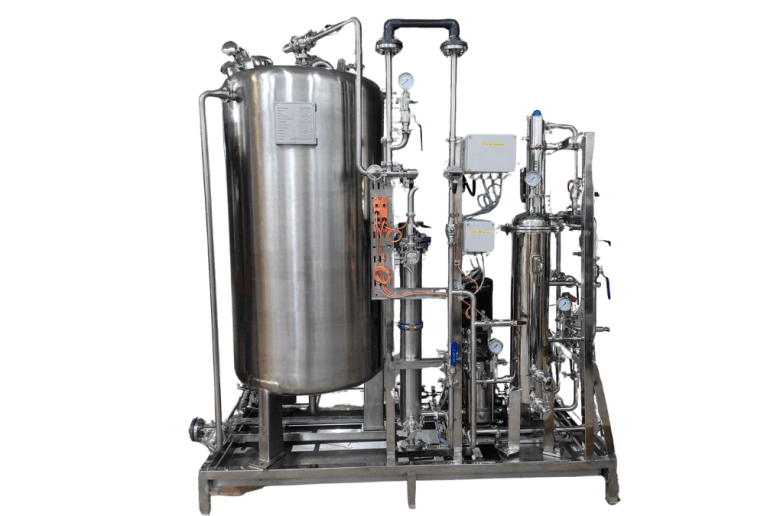Key Points to Note:
- Ensuring sound design and implementation of water treatment systems in hospitals are paramount importance for high quality of patient care in the CSSD and dialysis departments as well as meeting compliance requirements.
- Maintaining disinfection water temperature at 80°C for 1 hour, is important minimise bacterial colonisation and ensure effective thermal disinfection outcomes.
- Operating at temperatures, designing the loop distribution length, and the heat transfer of thermoplastics versus stainless steel is important for good water treatment system performance and preventing microbial growth.
- Successful system design must meet the requisites to ensure sustained compliance. disinfection processes, such as thermal disinfection, to protect both patient and ensure staff operating the system. Dispelling common misconceptions is essential for proper practices.
- Below are some of them:
| Wrong | Correct |
1 | Operating CSSD RO systems at 65°C eliminates the need to maintain temperatures between 80°C and 90°C during disinfection. | While operating at 65°C, bacteria can still grow/survive in piping networks. Therefore, there is a need to maintain water temperature at 80°C for a minimum of 1 hour for achieving effective disinfection outcomes |
2 | Achieving the required A0 value of 12,000 is independent on the overall length of the distribution loop. | Even with insulated pipes, temperature loss is different with distribution loop length. Bacteria in biofilm matrices can adapt to lower temperatures and build resistance over time, leading to microbial growth. |
3 | Stainless steel is a good heat conductor, therefore thermoplastics being able to retain heat can achieve better thermal disinfection outcomes than stainless steel. | Stainless steel’s higher thermal conductivity enables more effective heat penetration into the biofilm matrix during thermal disinfection processes compared to thermoplastics. This ensures thorough heating of the entire system, including the biofilm on pipe surfaces, to the required temperature for disinfection. The heating energy required for SS and PVC piping is almost equivalent. |
Ensuring accurate and good system design will prevent costs caused by risks to patient health, operational downtime, tarnished good reputation and lead to early RO system replacements.
Loop Heat Disinfect Features:
- Easy step through programming (7 day program)
- Program syncs with the Heat Sanitisation smart controller
- Intelligent monitoring routines, leak detection, and over use
- Heat disinfect will abort if leak is detected
- Two levels of password protection
- Event log holds up to 12 months of data required end of loop history
- USB download to Excel
- Stainless steel skid complete with insulated stainless steel storage tank with sloping base fitted with three heating elements to minimize electrical consumption, level transmitter and temperature monitor
- Stainless steel recirculation pump, stainless steel solenoid valves
If you’re looking to elevate your facility’s water standards, you’ve come to the right place. Let us help you achieve industry compliance while enhancing operational efficiency. Simply fill out our contact form, and one of our specialists will guide you through the process of transforming your water quality.
